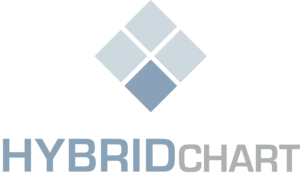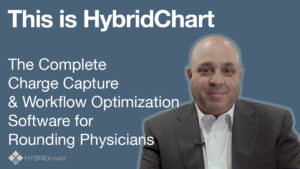How Understanding the Four Stages of Competence Can Improve the Way You Learn and Teach
In 2004, I started the University of Arizona’s Paramedic program. It was an intense program by any standard – sixty-four credit hours and hundreds of clinical hours in the space of nine months.
Despite a history of being of good student for whom academics came easily – or maybe because of it – I really struggled with feeling out of my depth. The added pressure of knowing that a mistake could seriously harm or even kill someone weighed heavily on me. I was tired, I was stressed, and mostly I spent a lot of time feeling frustrated that things just weren’t clicking for me.
As I made my way through the program, I got one lesson that sticks out to me all these years later – and it didn’t have anything to do with medicine. It was about how we learn, and it really altered my perspective and helped me dig in and keep going.
There are four stages of competence: unconscious incompetence, conscious incompetence, conscious competence, and unconscious competence. As you learn a new skill, you progress through the four stages, sometimes moving back and forth between each. Competence is not necessarily a straight line –it’s more like a ladder – and sometimes you have to go back down a rung to get your footing.
Unconscious incompetence means that you don’t know what you don’t know, or even that you need to know it. It can be easy to set expectations too high in this stage. Conscious incompetence is the most frustrating stage of all – you know what you don’t know, and it’s often at this point that people become overwhelmed. Conscious competence is when things start to click – you know what you need to know and how to achieve it – you just have to think about it. Unconscious competence is that stage where you can finally complete a task easily.
In an ideal world, one would move right from one stage to another, but it’s not always that simple. Learning to be a good paramedic (or any kind of clinician) is a lot like peeling an onion. You think you’ve gotten there, only to find that there’s another, deeper layer. For me, understanding that the emotions I was feeling were normal and that things would start to click eventually really helped me keep going when I felt like I was drowning. I graduated from the program and did well – I passed the certification exam on my first try and had a successful career in EMS.
Over the years I’ve come back to the four stages of competence time and time again. When I’m facing a difficult project with a steep learning curve, I can manage my expectations and frustrations more effectively. As I transitioned out of a clinical role and started spending more time training, understanding this process made me a more empathetic, and therefore more effective, trainer for HybridChart.
How have you seen this learning process play out in your own professional experience?
HybridChart was created developed by a practicing physician, for physicians. Learn more about the people behind HybridChart.
Meet EVOLVE by HybridChart – Our fourth generation software platform.
Take control of your entire workflow through a user-friendly solution created by a physician. Medical software too often fails to address the specific needs of providers. Rounding at one or more hospitals presents a unique challenge. There is the need for effective team collaboration and easy charge capture. Census management means true collaboration among provider and staff. Rounding at multiple facilities just got way easier. Covering on-call now has the luxury of essential information for clean hand-offs. Charge capture takes less than five seconds. Diagnoses are easy to find and follow the patient. Customized charge menus make it easy to enter the correct charge. Don’t let billing for your work slow you down. Charge in real-time and focus on caring for the patient.
HybridChart has numerous levels of safeguards against missed charges. The Charge Checker feature will scan every day of an admission and assure there are charges. Using the Charge Matrix you have visibility of all charges from multiple providers per day for any given patient.
Most practices see a revenue increase of 8-10% after using HybridChart – attributed to capturing every charge for every patient. Charges are complex enough with just the diagnosis codes and charge codes. To make your charges accurate HybridChart allows you to easily adjust the Date of Service and assign Secondary Billers such as nurse-practitioners and physician assistants. Modifiers can be built into specific Billing Modules or choose from a customized list managed by your practice. Seamlessly navigate our Charge Capture workflow and save time without losing accuracy.
An automated charge capture system may be the most profitable investment that you can make in your practice today.
You can instantly boost your revenue by 10% using our modern, high-tech and easy-to-implement charge capture system.
Smarter Rounding and Workflow Software for Doctors
At HybridChart, we provide technology that connects your healthcare team, increases efficiencies, AND improves your bottom line. HybridChart’s cloud-based software adapts to your practice’s unique workflow and will improve your profitability and patient outcomes by utilizing our 5 features: census management, charge capture, secure messaging, discharge management, and data analytics.
NEVER miss another charge and get PAID for the work you do!
If you are interested in taking your medical practice to the next level and want to employ the best hospital charge capture practice available in the industry, come visit our website at www.hybridchart.com, or call us at 1-877-684-0608 for a demo today!







